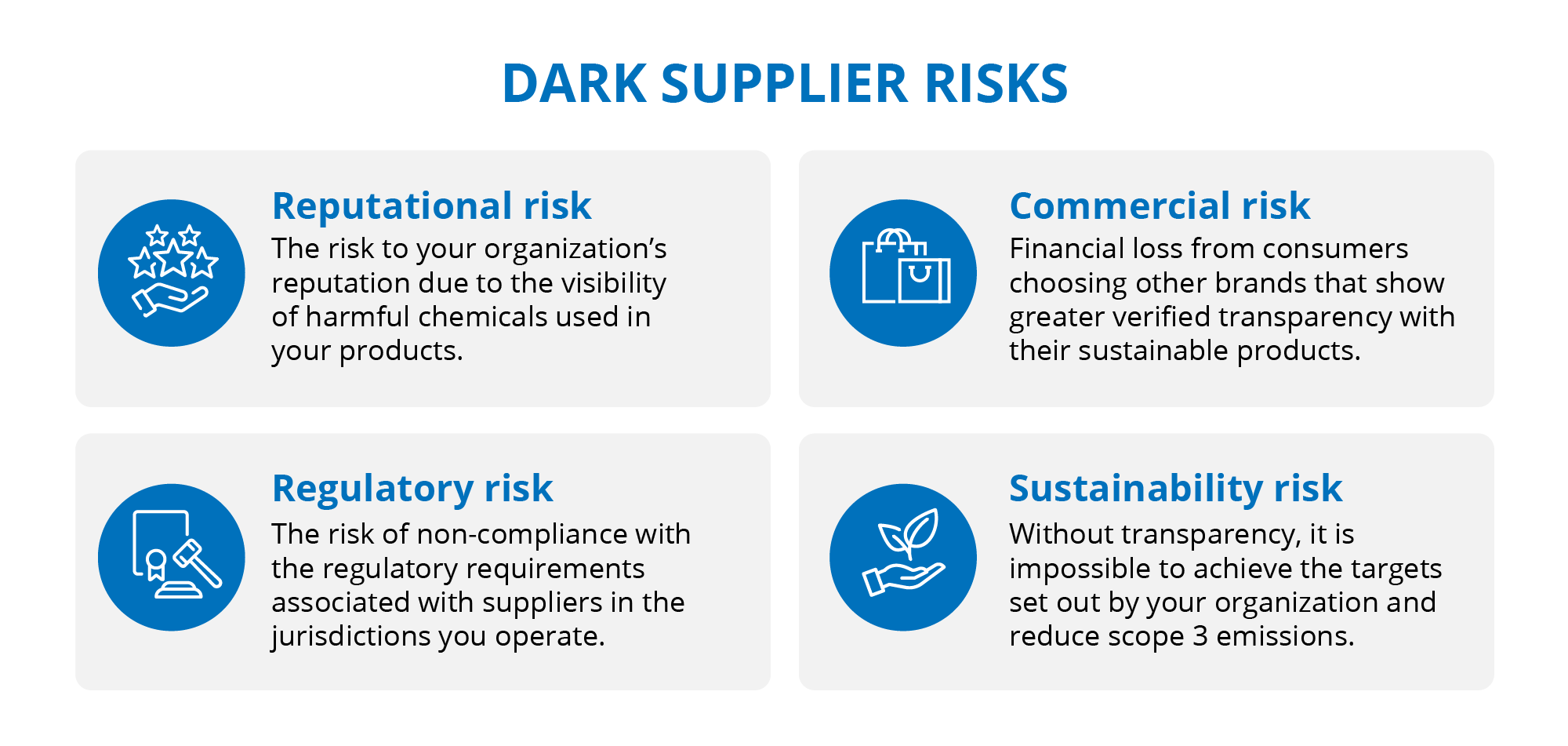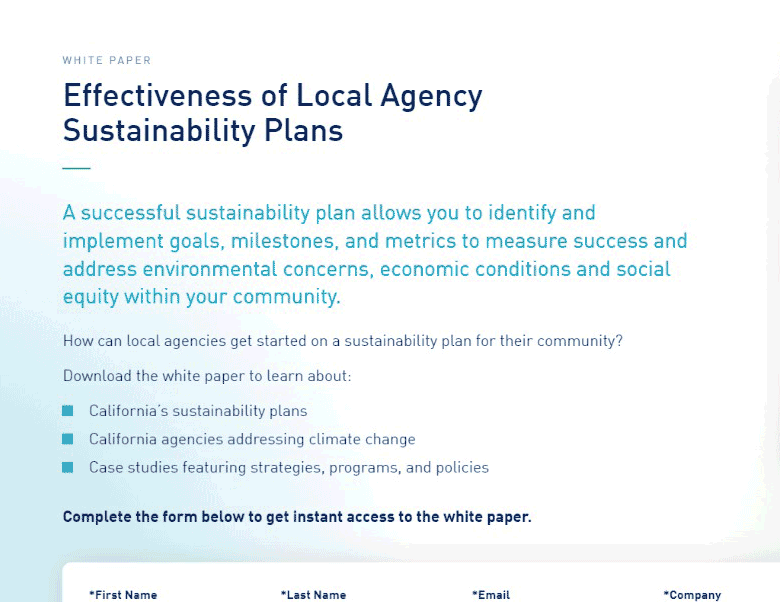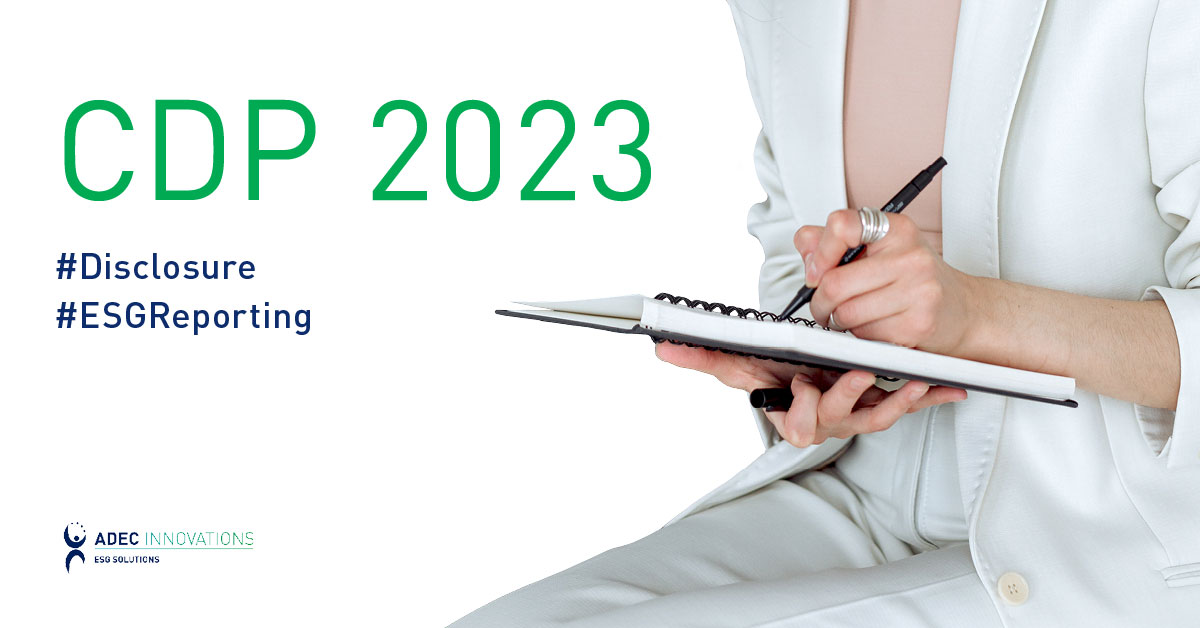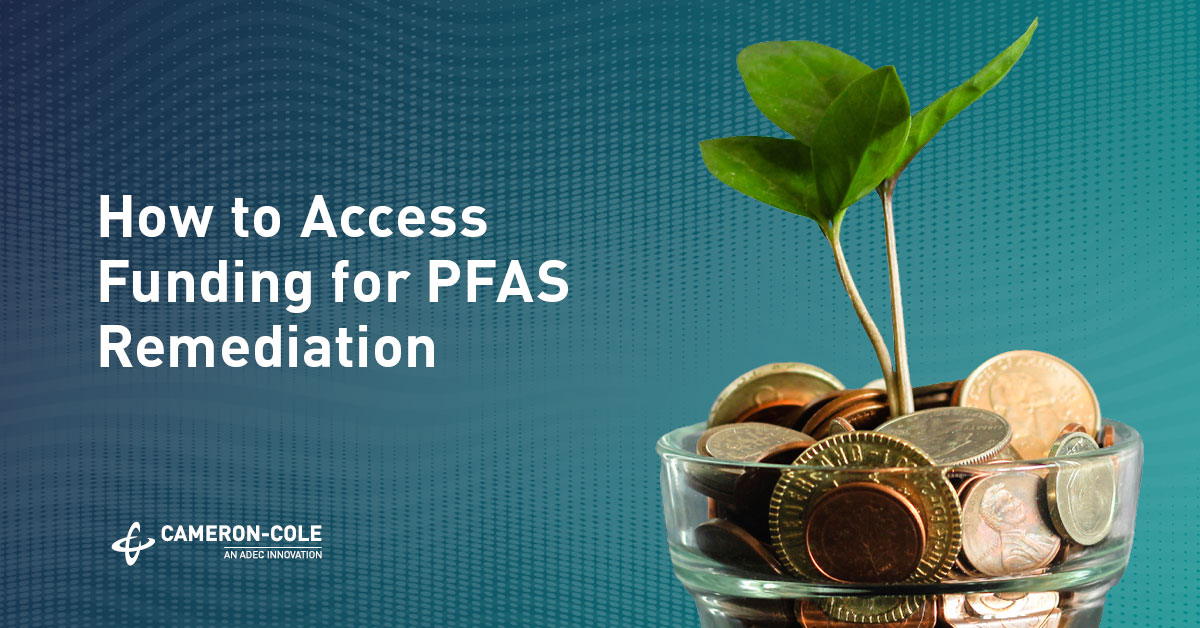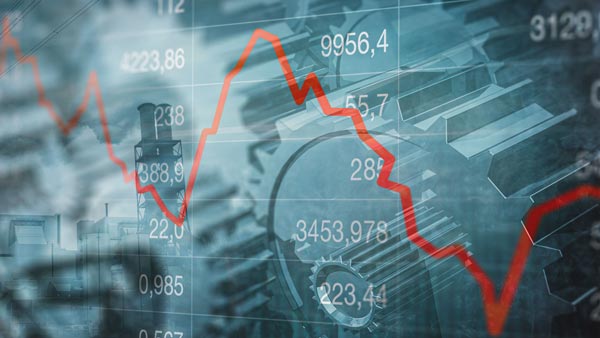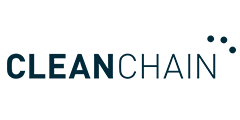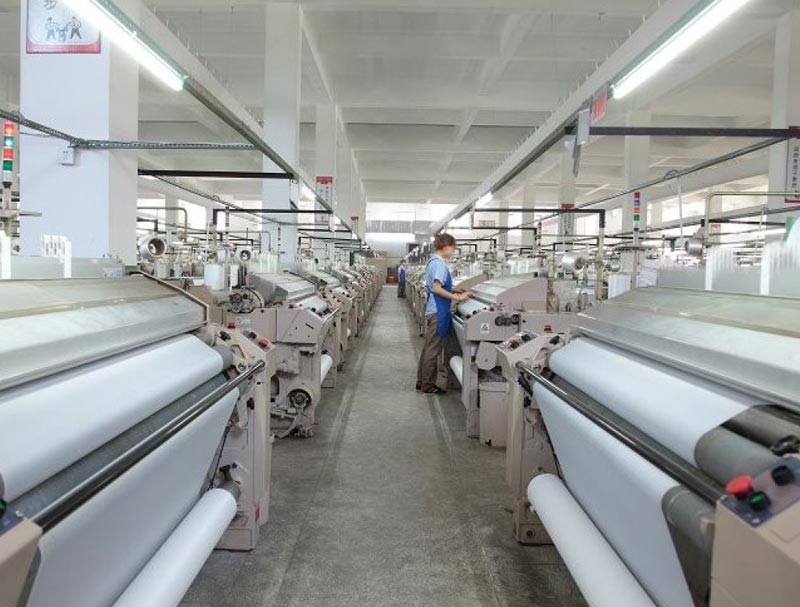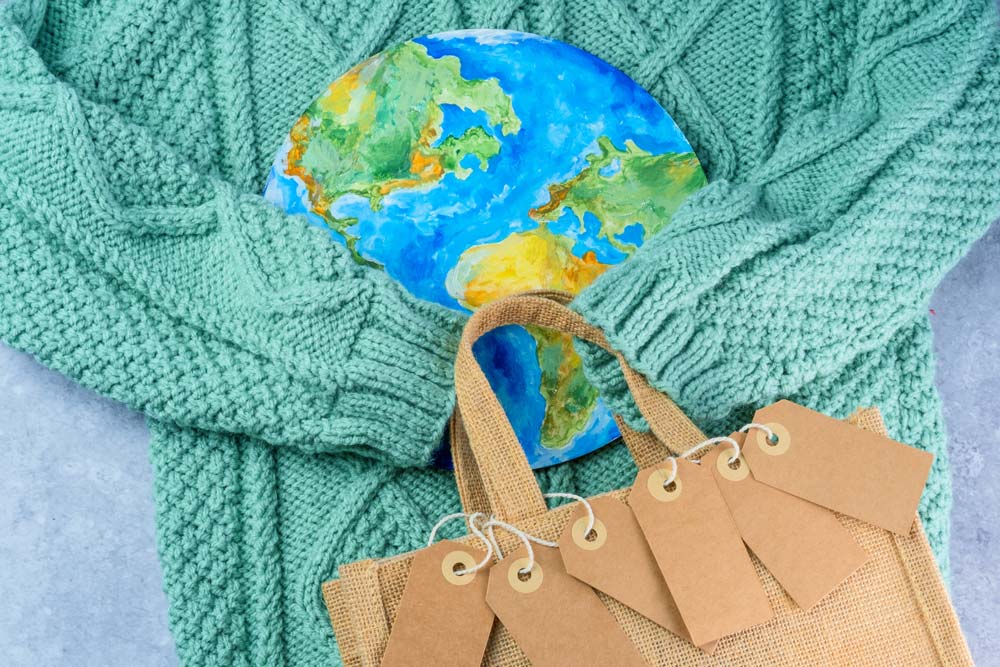You might ask, Why is real estate risk so risky? The risks to a property include environmental threats, natural hazards, land-use risks, regulatory risk, the risk of zoning ordinance violations, building code violations and property tax assessments. These potential threats can impact the value and usability of a property. So being aware of them will help you make informed decisions about the risks to and surrounding your real estate.
How do you begin to determine the risks to your property? First conduct a coordinated due diligence process that includes historical research, site inspection and data analysis. This can be time-consuming and costly, as it typically involves contacting multiple government agencies and organizations and receiving documents and reports in various formats. It can also be daunting, but it’s necessary to gain a comprehensive understanding of the property in question.
Anthropogenic environmental issues—related to past or present chemical use—are among the most prevalent and recognizable types of real estate risk. Properties may be at risk due to chemicals previously generated, stored, used or even inadvertently released. These chemicals can pose threats to human health and the environment, resulting in costly investigations, cleanups and regulatory scrutiny. It’s essential to conduct thorough environmental due diligence, which may range from a basic desktop screening to a comprehensive Phase I Environmental Site Assessment, identifying and assessing potential environmental risks associated with a property.
One escalating risk to real estate is the increased frequency and severity of naturally occurring hazards. Climate change is influencing atmospheric-related natural disasters, including but not limited to droughts, turbulent wind events, floods and sea level rise. Additionally, certain parts of the United States (and many other countries) are more susceptible to geologic hazards, including earthquakes, sinkholes, landslides and soil erosion. These naturally occurring hazards can have devastating effects on communities and individuals and can greatly impact the utility and worth of a property.
In response to this escalating trend, states are taking a harder look at real estate deals and are beginning to require sellers to disclose natural hazards and their potential impact on properties. This information is critical for professionals and non-professionals alike, as it helps make more informed decisions about necessary assessments and the triage needed to protect businesses and individuals from potential losses and liability.
In addition to environmental risks, other things that can affect a property are zoning ordinances, building code violations, property condition and property tax assessments. Zoning ordinances dictate how a property can be used where identified violations may result in costly changes. Building code violations can also increase the risk by impacting the safety and structural integrity of the property. The current condition of a property and any delinquencies, liens or loan defaults can increase the collateral risk of a property.
Key steps can be taken to understand, analyze and determine the potential risk surrounding a site or location to help navigate your property’s resiliency:
- Consider site selection when assessing potential real estate investments—it’s crucial to pay attention to the location and physical attributes of the property. The selection of the site can significantly impact the potential risks involved, as some areas may be more prone to natural hazards like floods or earthquakes. Furthermore, a building’s construction should conform to the established building codes and regulations that ensure resiliency.
- Review and protect high-valued assets and hazardous processes in accordance with national standards. This is necessary in order to identify potential dangers that may be present. By evaluating a property in compliance with national regulations, you can minimize potential risks to the property and those associated with it.
- Perform proper site assessments by hiring expert third-party companies to conduct assessments on the property. These assessments, such as zoning reports, Environmental Due Diligence and Property Condition Assessments, can help identify potential hazards or areas of concern as well as ongoing costs for maintaining the property. By being proactive and staying ahead of potential risks, you can make more informed decisions and ensure a successful investment overall. Additionally, these assessments can give you a deeper understanding of the property’s history and current condition.
- Conduct basic market analysis to gain knowledge of neighboring properties. This includes evaluating the types of businesses and properties in the neighborhood and gathering data on local rents and vacancy rates to gain a better understanding of market demand and potential for growth.
- Consistently monitor property data against updated governmental database queries to ensure resiliency and to remain informed of potential risks. This will help identify any potential issues early on and allow you to take proactive measures to reduce their impact, thereby ensuring the long-term success of the investment. The data collected from these databases can include information on zoning changes, environmental hazards and other important data points that can affect the value and usability of the property.
Leveraging technology can greatly aid in identifying the potential risk associated with your current or future real estate. These tools use intelligent mapping and data accessed frequently from various databases, such as federal, state, local, tribal and proprietary. Multiple users (buyers, sellers, developers, lenders, portfolio holders, etc.) can then intelligently access potential risk to their real estate investments. Such a comprehensive approach, which may also include manual reporting and expert opinions, helps you strategize on how to minimize potential risks and ensures the resiliency of the property for the future.
There are multiple factors that influence a property’s potential risk, such as location, construction, environment and market conditions. Keeping track of these factors and regularly monitoring your property against updated governmental data can help ensure that you are aware of any changes to your investment. Ultimately, real estate risk can be risky due to many variables that yield potentially unexpected surprises. With proper research and due diligence, you can identify these risks, make informed decisions and conduct mitigation as necessary, adding long-term resiliency and sustainability to protect your property.



